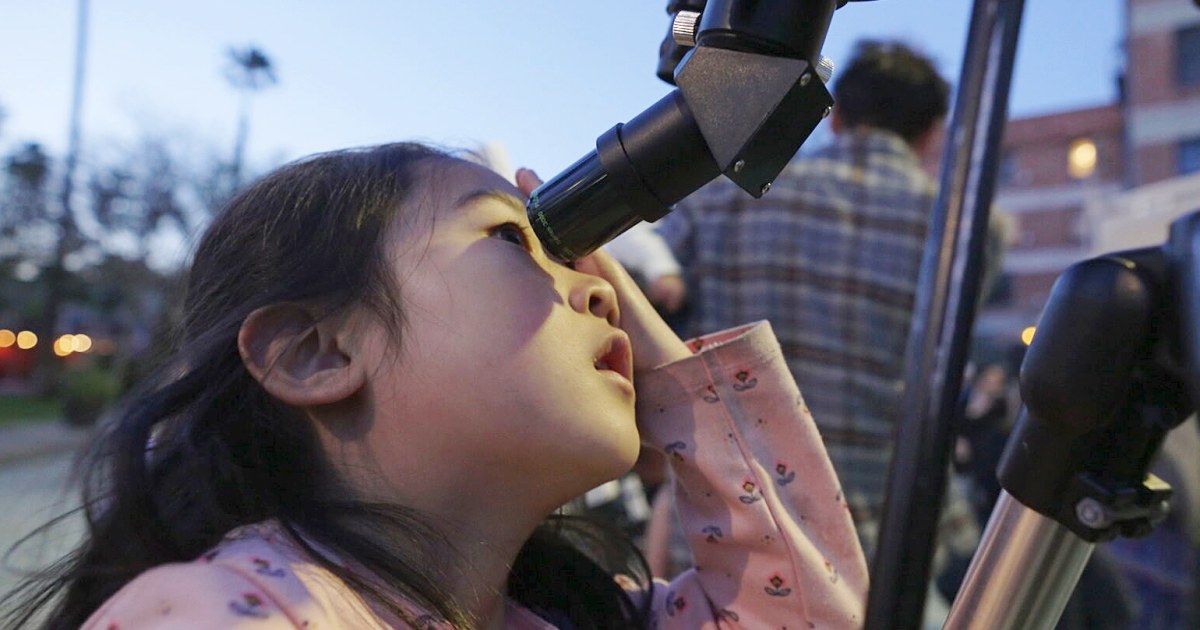
Nanosatellites
Nanosatellites are small satellites with a mass between 1 and 10 kilograms. They are designed to perform a variety of space missions, including Earth observation, communication, scientific research, and technology demonstration. Nanosatellites are cost-effective and can be built and launched relatively quickly, making them an attractive option for universities, research institutions, and commercial companies. They are often used in constellations, where multiple nanosatellites work together to achieve a common goal. Nanosatellites are equipped with miniaturized components, such as sensors, cameras, and communication systems, that are optimized for their small size. They are launched into space using a variety of methods, including piggybacking on larger rockets, being deployed from the International Space Station, or being launched from a dedicated small satellite launcher.
Your Previous Searches
Random Picks
- Medical Screening: Medical screening is the process of identifying individuals who may have an increased likelihood of developing a particular medical condition or disease. In the context of space and astronautical engineering, medical screening is a critical ... Read More >>
- Orbit Type: Orbit Type refers to the path followed by a spacecraft or celestial body as it revolves around another body in space. There are several types of orbits, including circular, elliptical, geostationary, and polar orbits. A circular orbit is wh ... Read More >>
- Positioning: Positioning in space and astronautical engineering refers to the determination of the location and orientation of a spacecraft or satellite relative to a reference frame. This involves the use of sensors, such as star trackers, sun sensors, ... Read More >>
Top News

Easter's date remains divisive. Some church leaders want that to change...
Eastern and Western churches will celebrate Easter on the same day this year, while marking 1,700 years since the Council of Nicaea unified Christian doctrine...
News Source: ABC News on 2025-04-19

In a city of stars, Los Angeles astronomy club makes sure to keep looking up...
LOS ANGELES — While Los Angeles is home to the biggest stars in the world, a monthly get-together is proving that the city’s rich and famous have nothing on the universe....
News Source: NBC News on 2025-04-18

This week on "Sunday Morning" (April 20)...
A look at the features for this week's broadcast of the Emmy-winning program, hosted by Jane Pauley....
News Source: CBS News on 2025-04-17

Scientists detect strongest hints yet of life on a distant planet...
Scientists have detected unique chemical patterns similar to those produced by the Earth's algae and seaweed — raising the possibility of the presence of a warm ocean, perhaps teeming with life, on ...
News Source: NBC News on 2025-04-17

Is there life on another planet? Scientists find the strongest evidence yet...
Near a planet far, far away astronomers have found traces of chemicals that on Earth are only produced by living beings....
News Source: Al Jazeera English on 2025-04-17